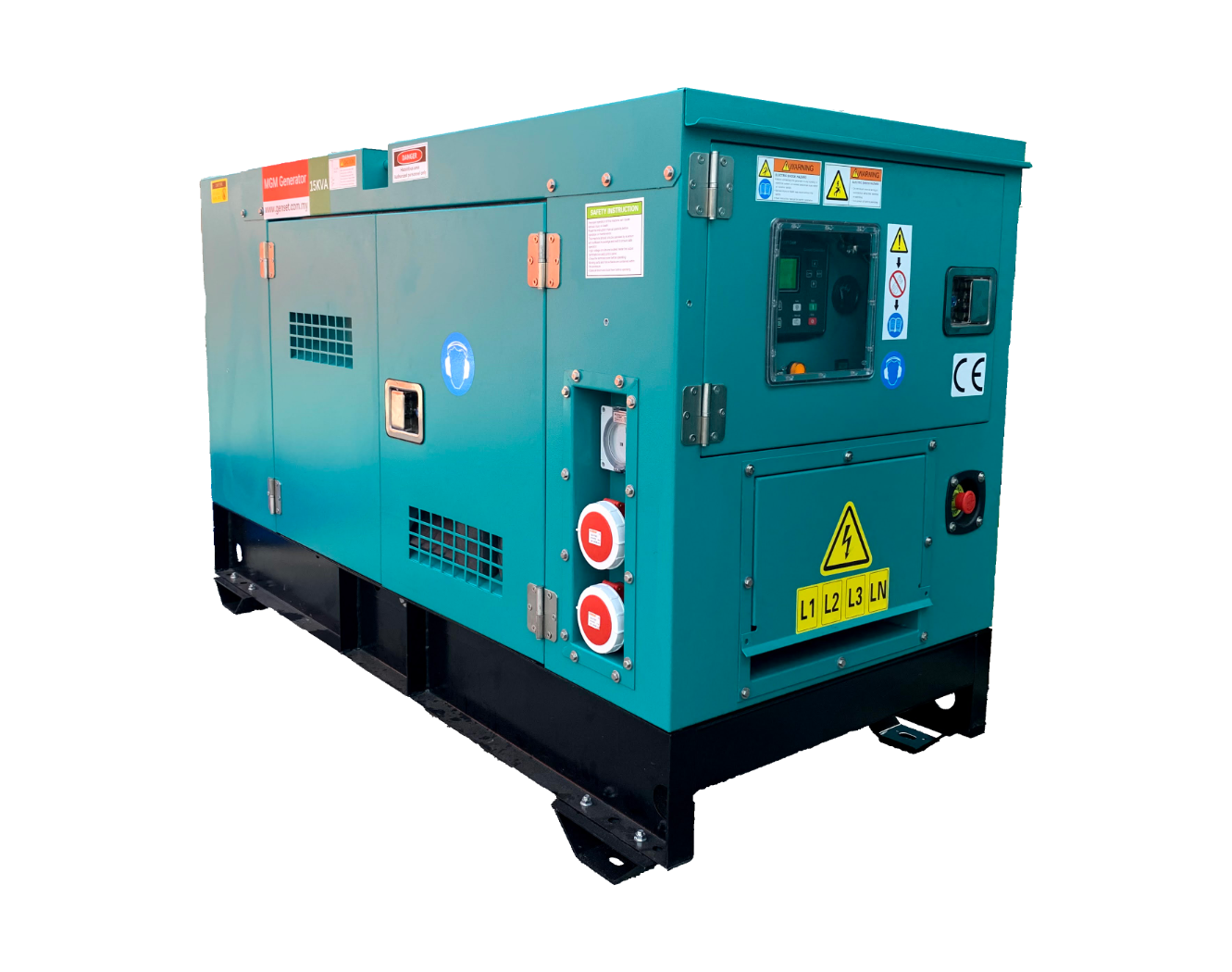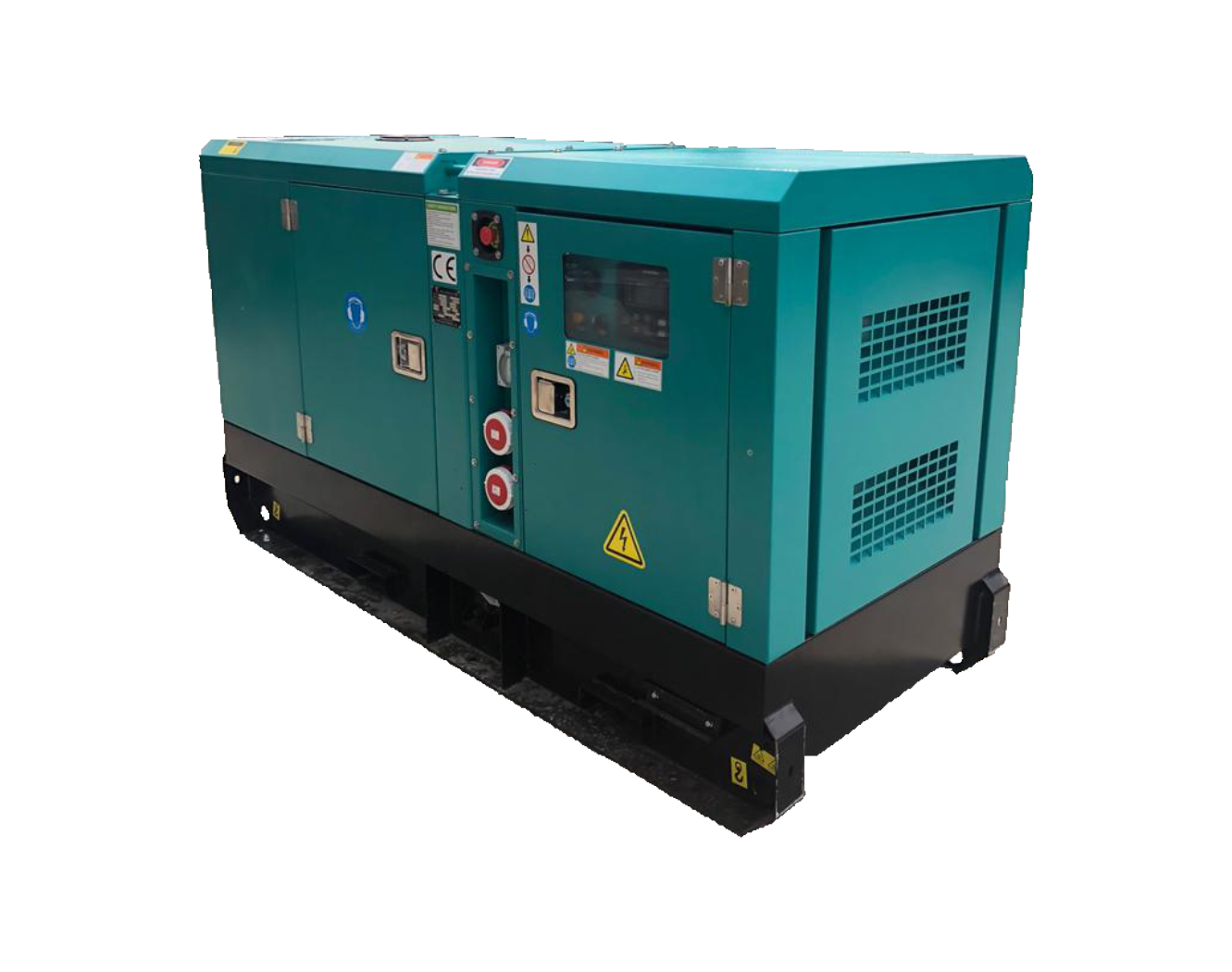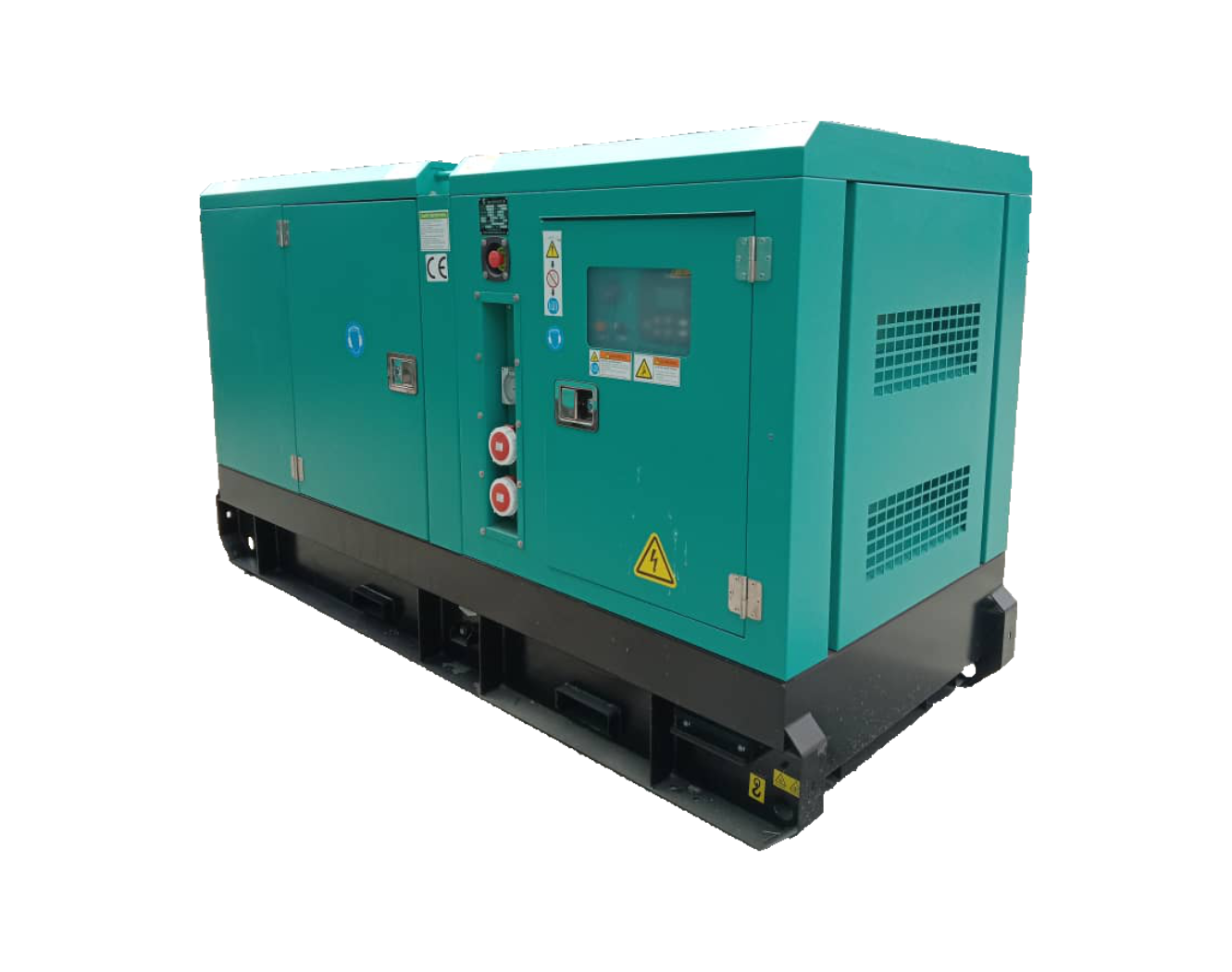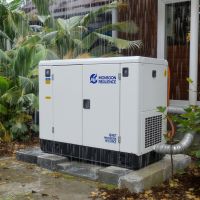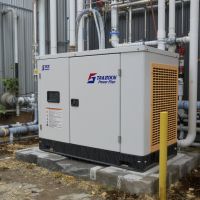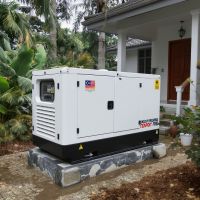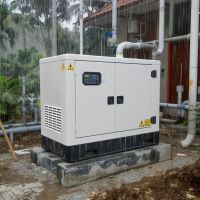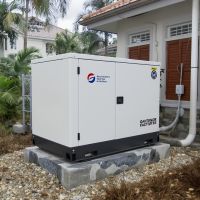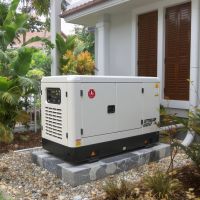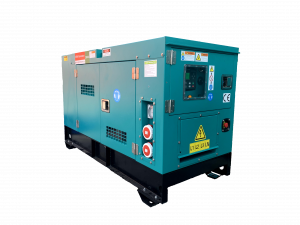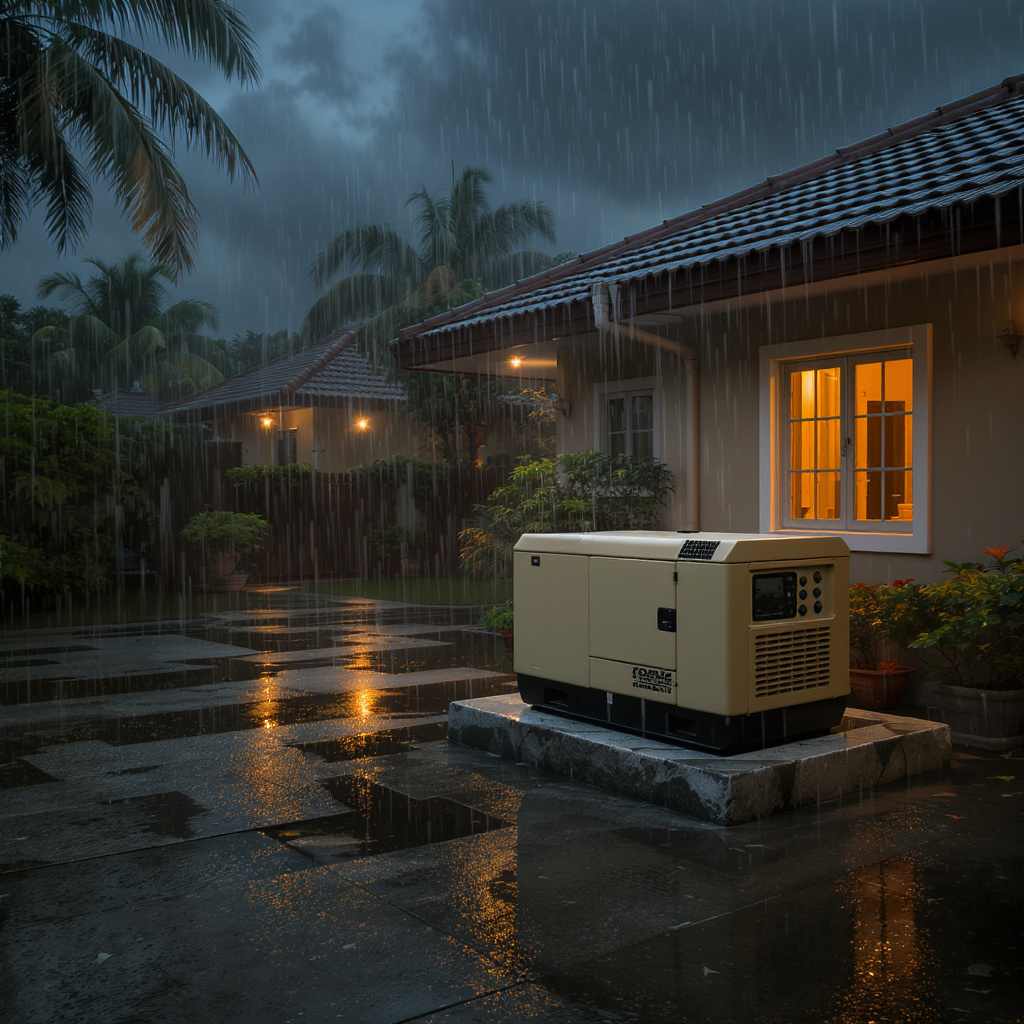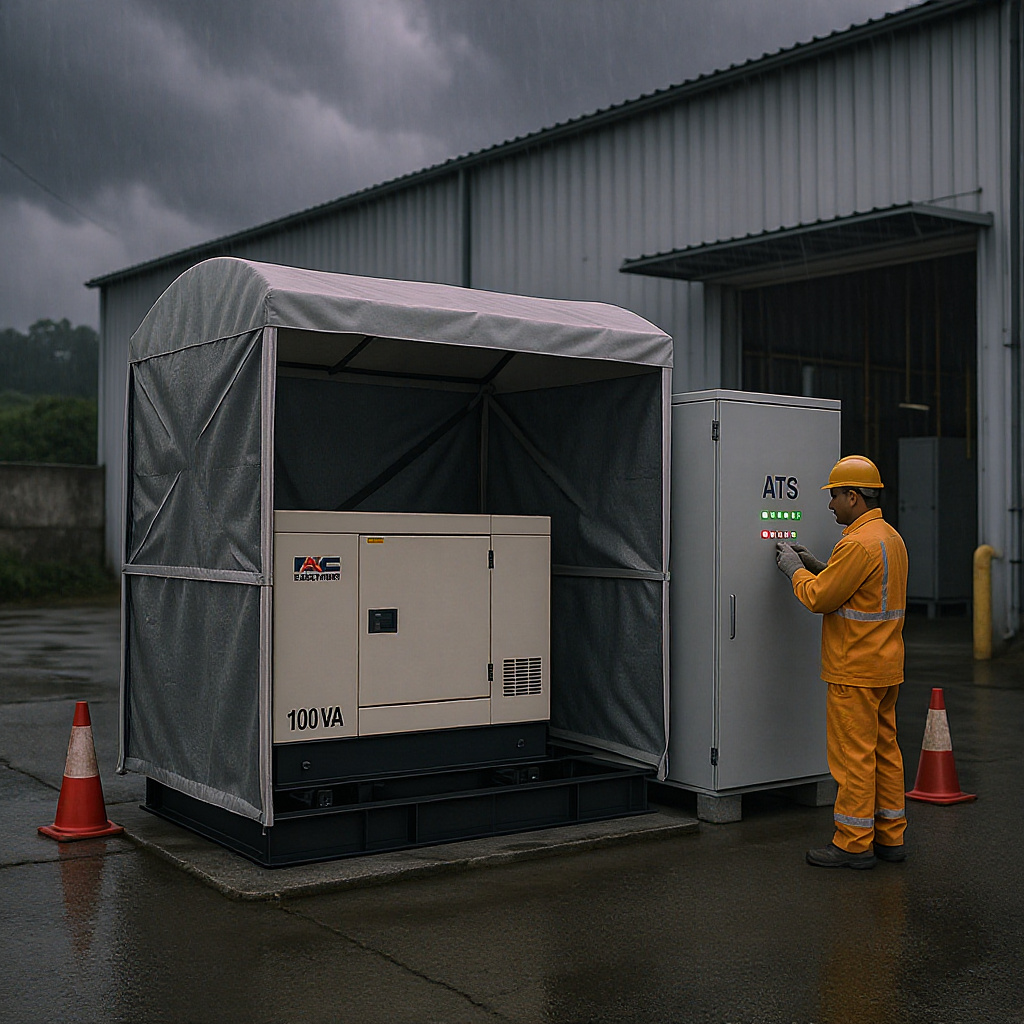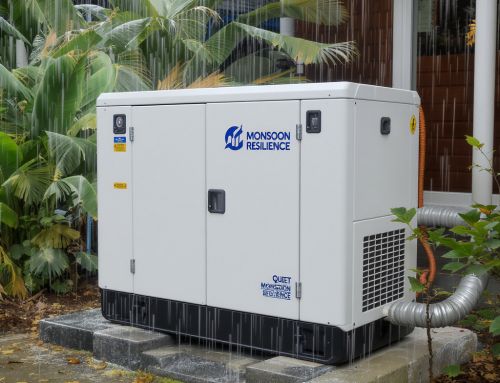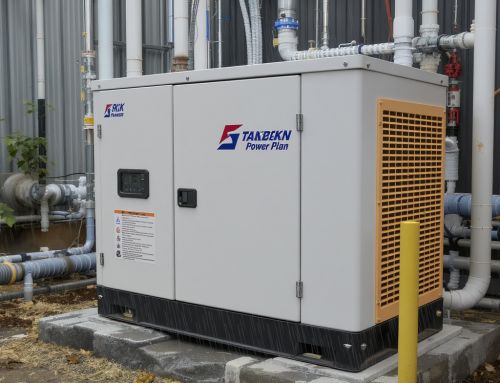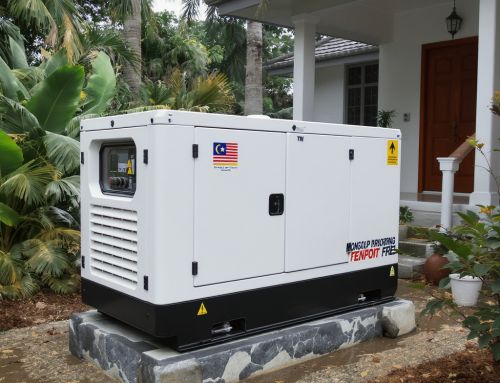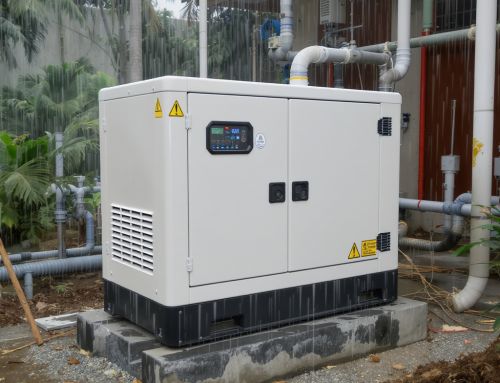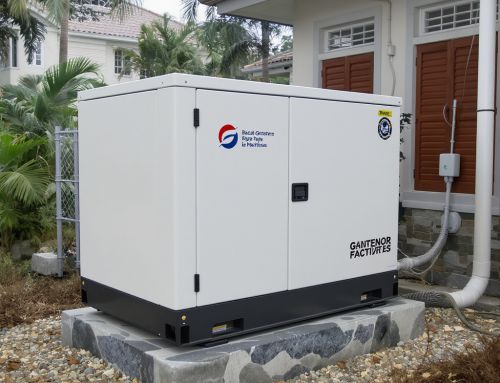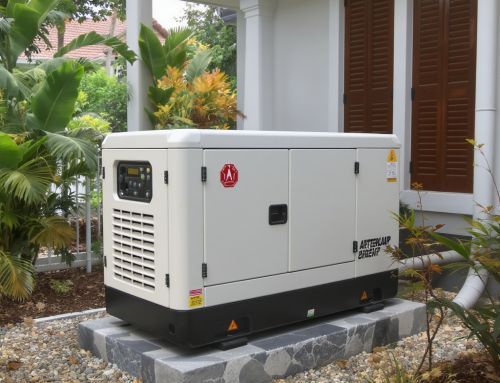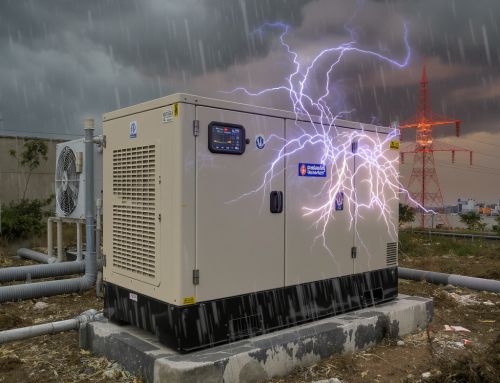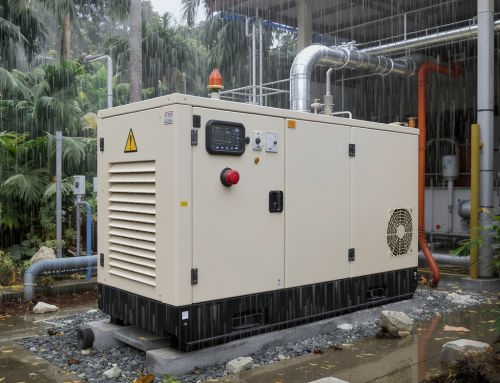Malaysia Monsoon Backup Generator Playbook for Homes and Small Factories: Compliance, Noise, and ROI
Across Malaysia, the monsoon season intensifies grid instability. For homeowners and small factory managers, a properly selected backup generator isn’t just a convenience—it protects safety, uptime, and cash flow. This guide distills practical steps on sizing, placement, compliance, noise, and total cost of ownership so you can make a confident HOME/COMMERCIAL purchase.
Why a backup generator now?
Monsoon downpours, lightning, and flood-prone substations raise the odds of extended outages. For homes, that means food spoilage, sump pump failure, and security system downtime. For small factories, every hour of lost production eats into margins and order commitments. A standby genset with an automatic transfer switch (ATS) restores power within seconds, protecting critical circuits and keeping operations on track.
Right-size for your site
Start with a load audit. Homes often need 6–12 kW to cover essentials (lights, fridge, pumps, Wi?Fi, security) and 15–25 kW for whole?home coverage with air?conditioning diversity. Light industrial shops typically fall in the 30–100 kVA range depending on motors, compressors, and process peaks. When in doubt, validate inrush currents and consider a slightly larger alternator to avoid nuisance trips during motor starts. Explore options like the 30kVA MGM Generator for small commercial loads or larger sets such as the 100kVA MGM Generator Mark 12 for heavier duty cycles.
Compliance and safety in Malaysia
Coordinate early with your local council and Tenaga Nasional Berhad (TNB) requirements. Key checks include earthing, overcurrent protection, fuel storage, and ventilation. Ensure ATS interlocking prevents backfeed to the grid. Position the generator on a level plinth above known flood levels; for terrace or semi?D houses, maintain setbacks from windows and neighbors. For factories, provide a clear service corridor and signage, and keep spill kits near the diesel tank. Always engage a competent person (Suruhanjaya Tenaga?registered) for commissioning and test reports.
Noise, emissions, and placement
Modern acoustic canopies and hospital?grade silencers can keep sound pressure levels near 65–70 dB(A) at 7 m—neighborhood?friendly for homes and acceptable for most commercial sites. Opt for low?smoke engines meeting applicable standards and include rain hoods and bird screens for tropical reliability. For urban lots with limited space, side?yard installations and vertical exhausts reduce footprint while control panels stay accessible.
Monsoon reliability checklist
- Elevate the base and add anti?corrosion coatings.
- Fit a rain cap and water?separating fuel filter.
- Specify an ATS with surge protection for lightning?heavy areas.
- Schedule monthly test runs under load; quarterly fuel quality checks.
- Keep spare belts, filters, and coolant onsite.
ROI that adds up
For homes, preventing a single flood from a failed sump pump or avoiding appliance damage can offset years of fuel and maintenance. For small factories, consider lost profit per downtime hour—if you lose RM2,000/hour and face 10 hours of outage per monsoon season, a right?sized genset can pay back within a year. Financing and staged upgrades (ATS now, generator next) help manage cash flow.
Choosing your next step
If your load profile points to 60–100 kVA, evaluate models such as the 60kVA MGM Generator and the 100kVA MGM Generator Mark 12. For smaller homes looking to cover essentials only, the 30kVA MGM Generator can be paired with load?shedding to manage start?up surges efficiently.
Get expert help
We size, supply, and maintain generators across Malaysia, from terrace homes to light manufacturing. Talk to us for a site survey, compliance guidance, and a turnkey monsoon?ready setup. Email genset@genset.com.my or call +60129689816. Or start by browsing options on our online shop or request a quote via our contact page.

